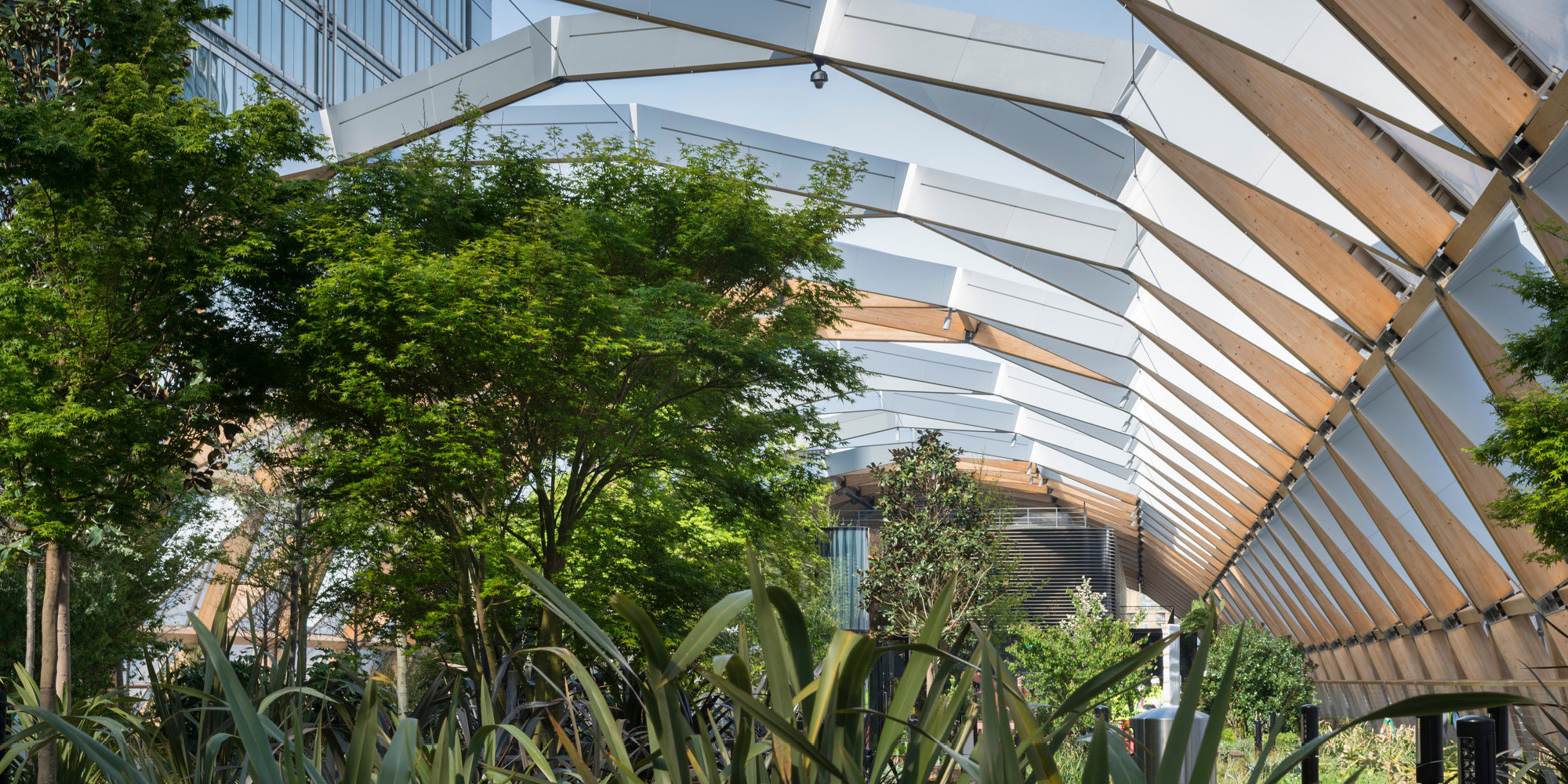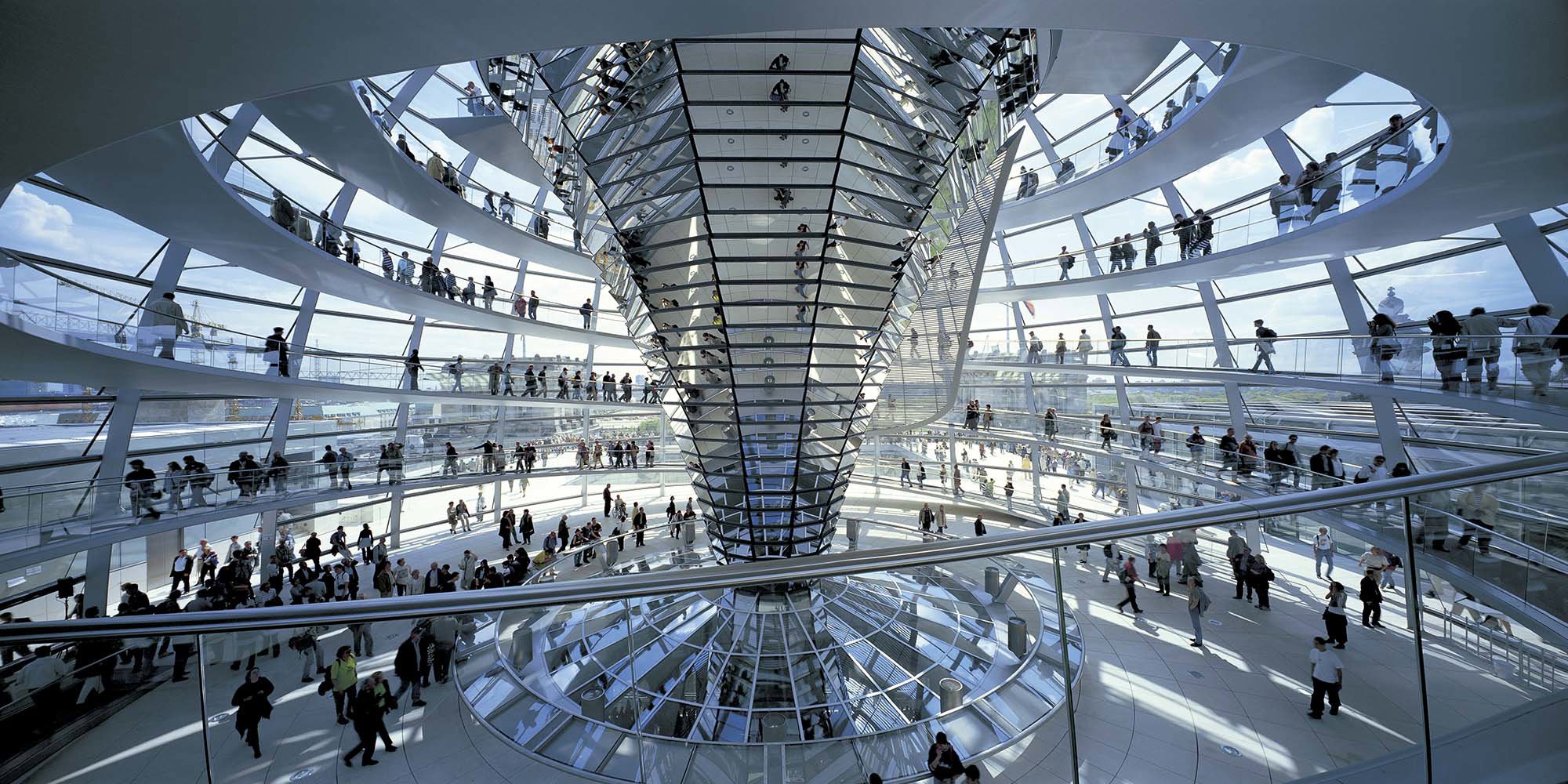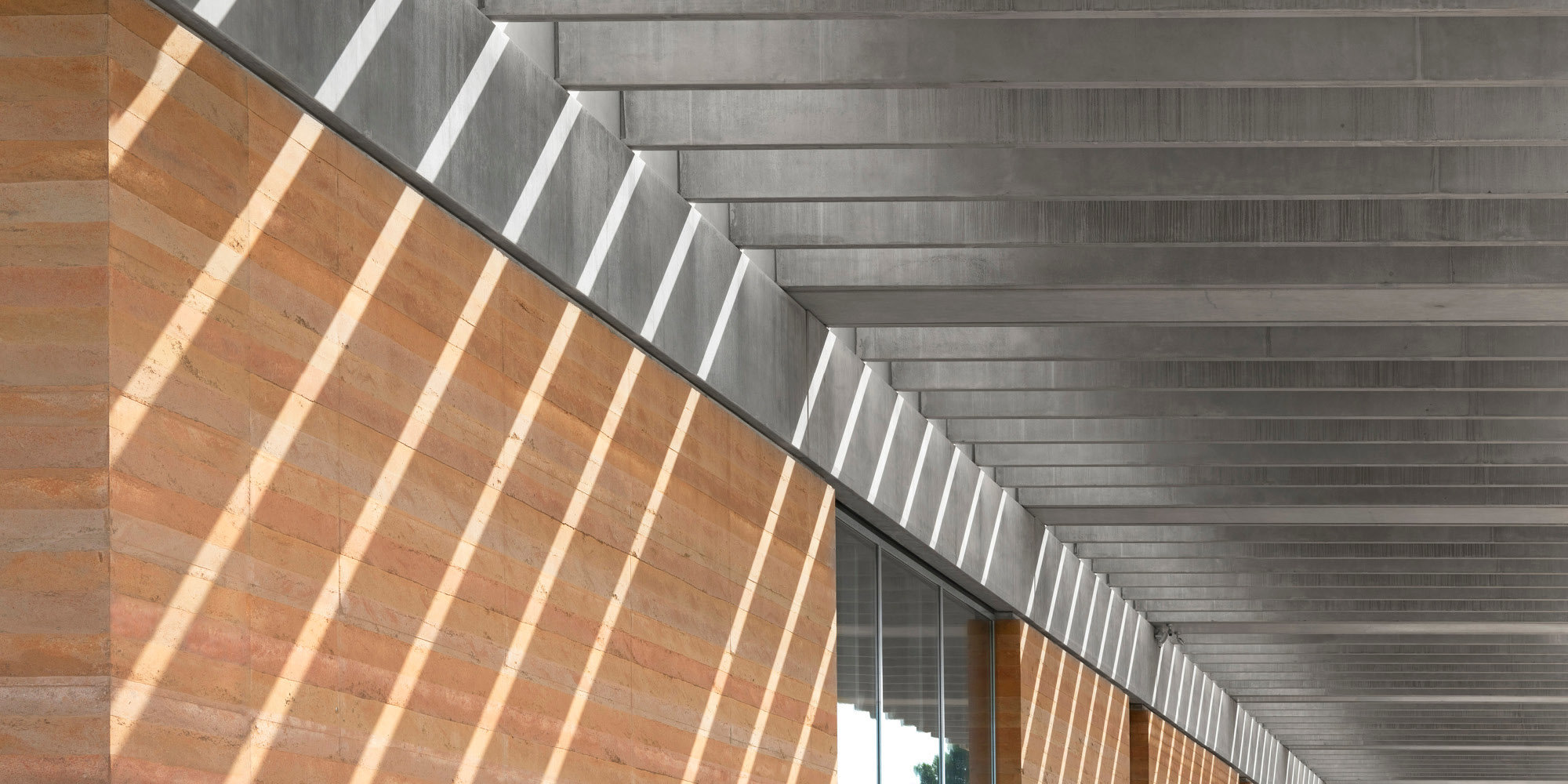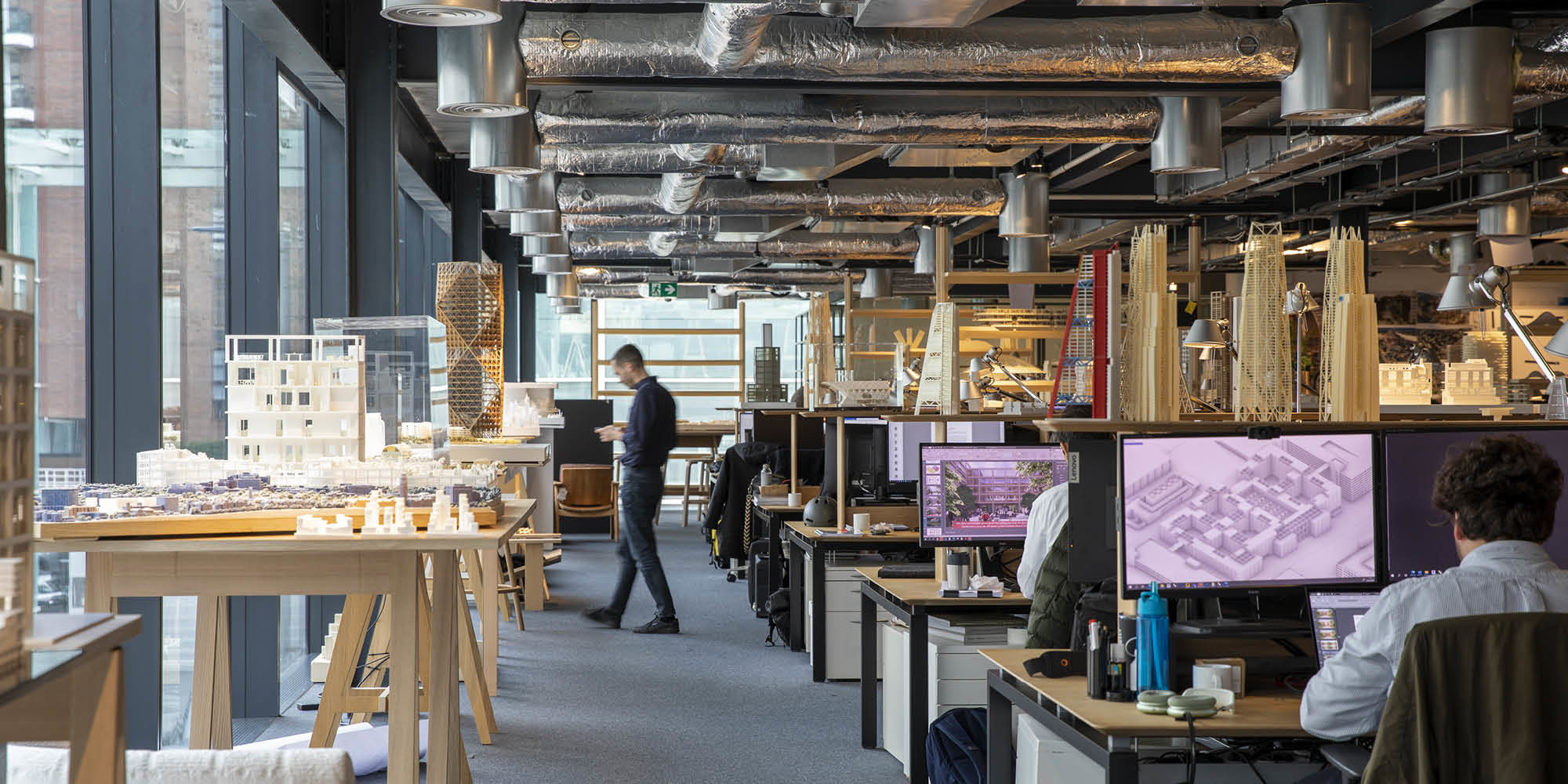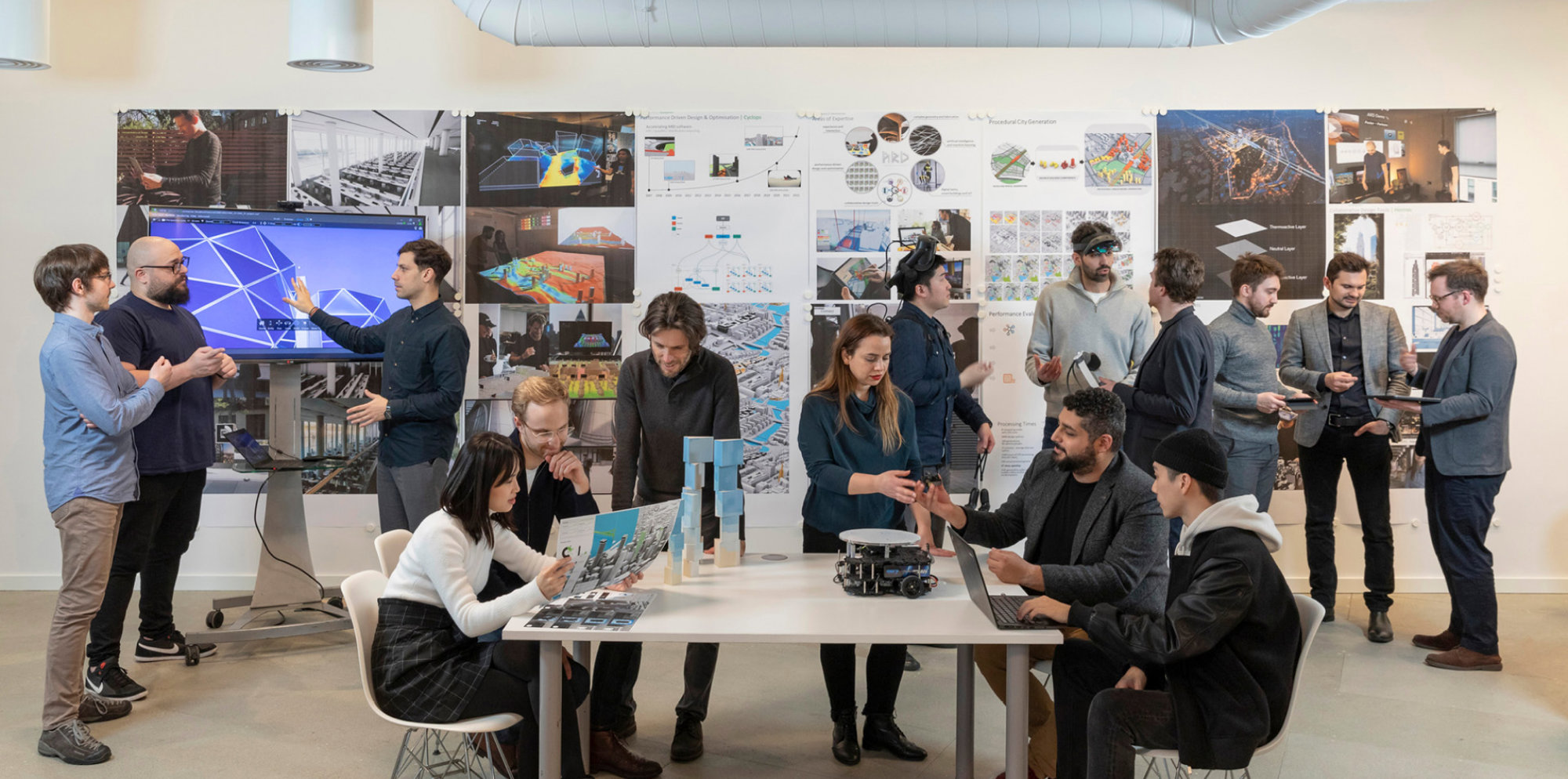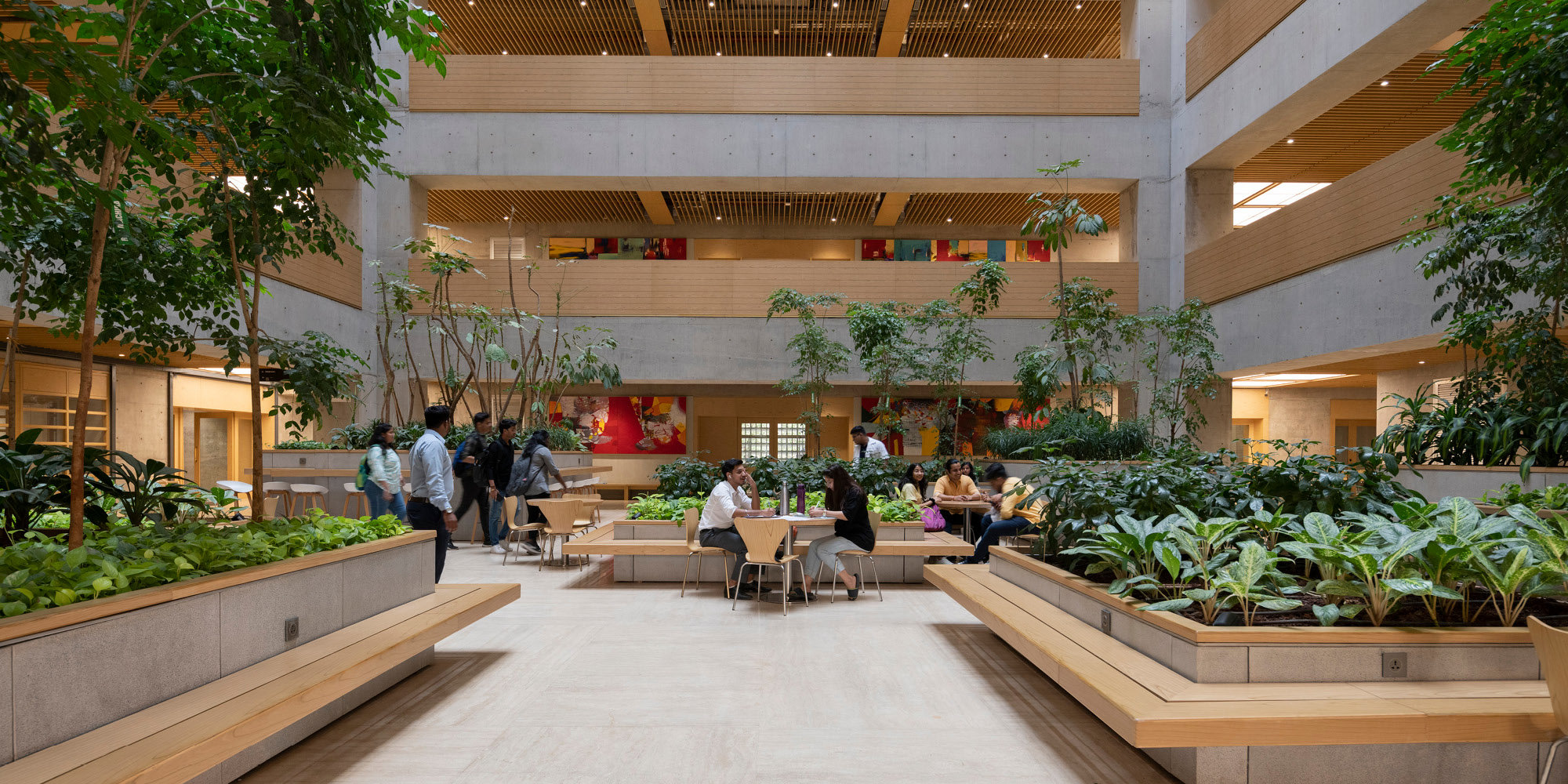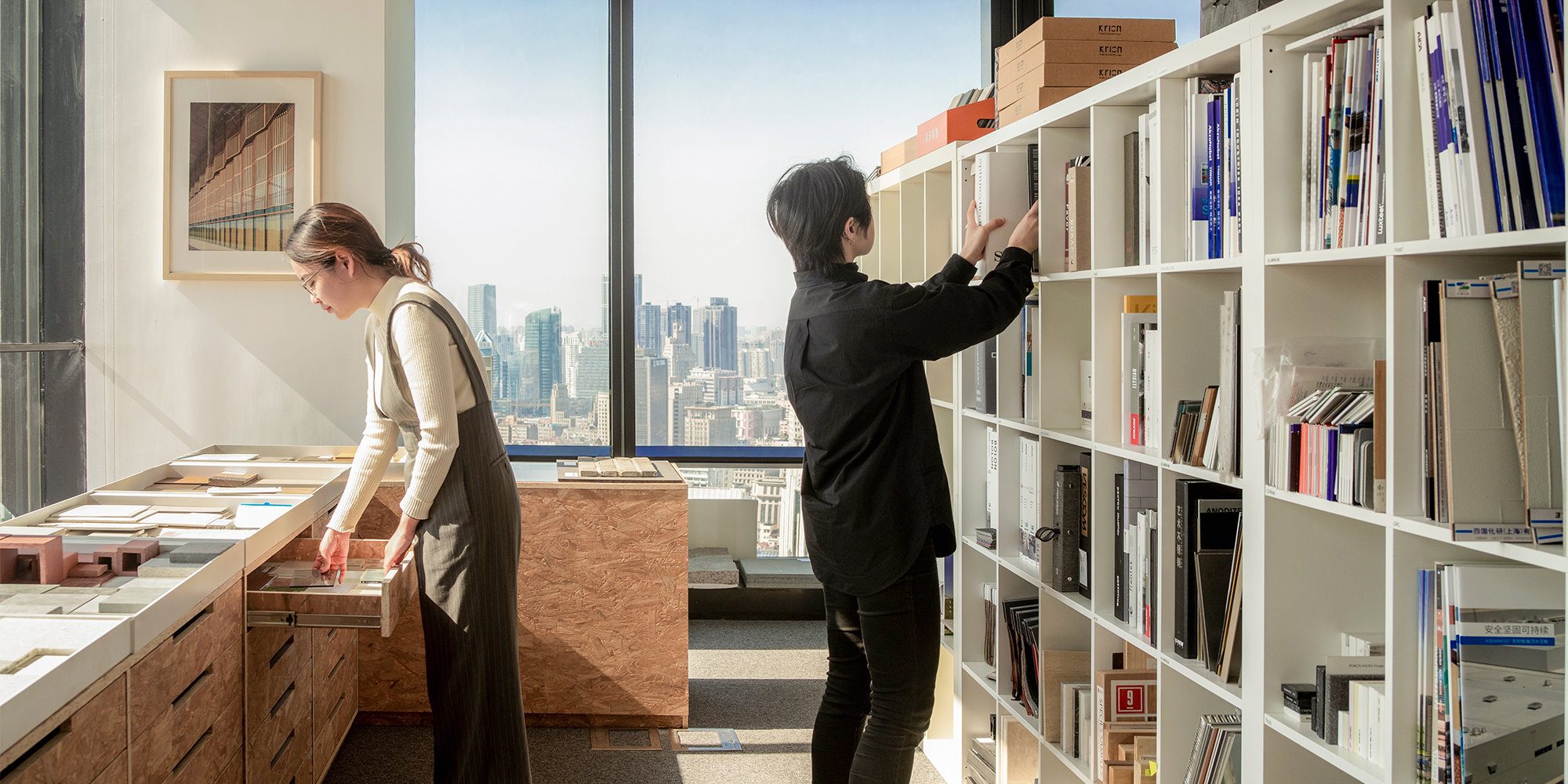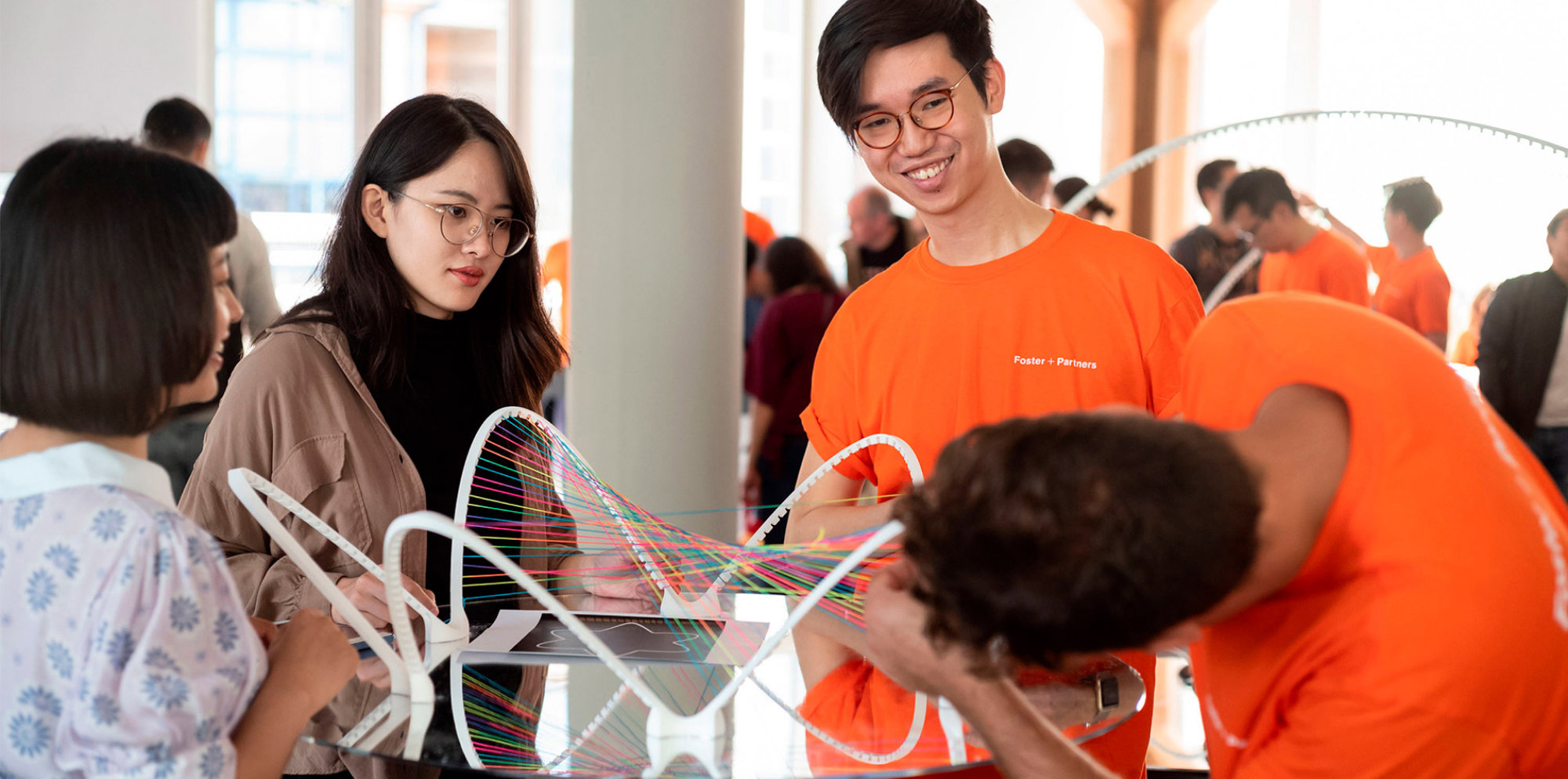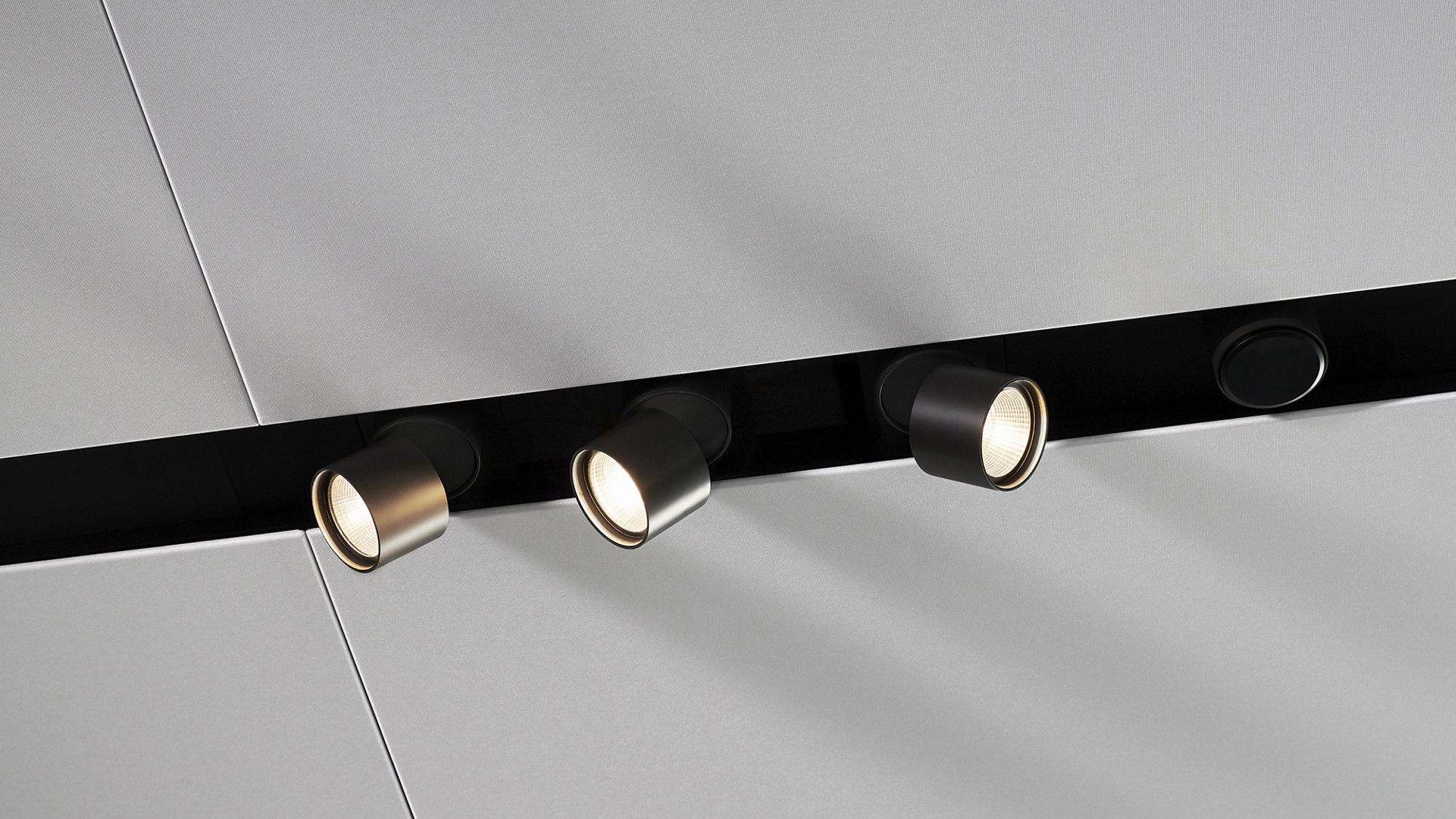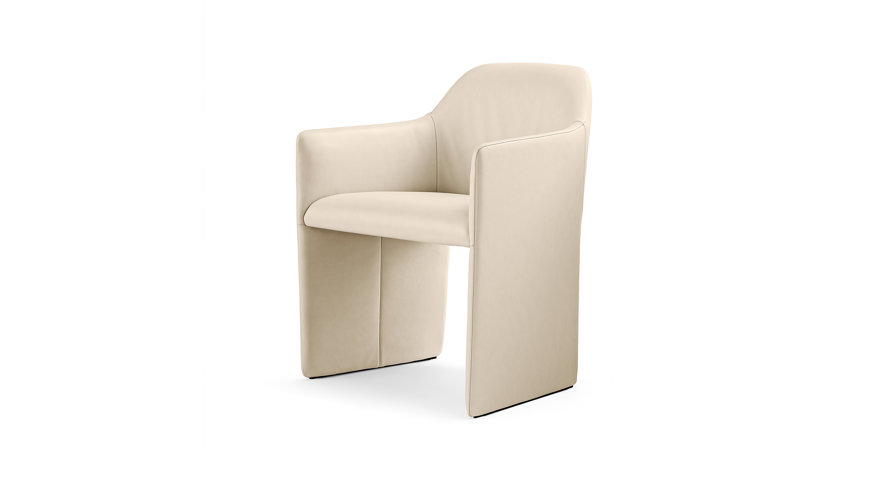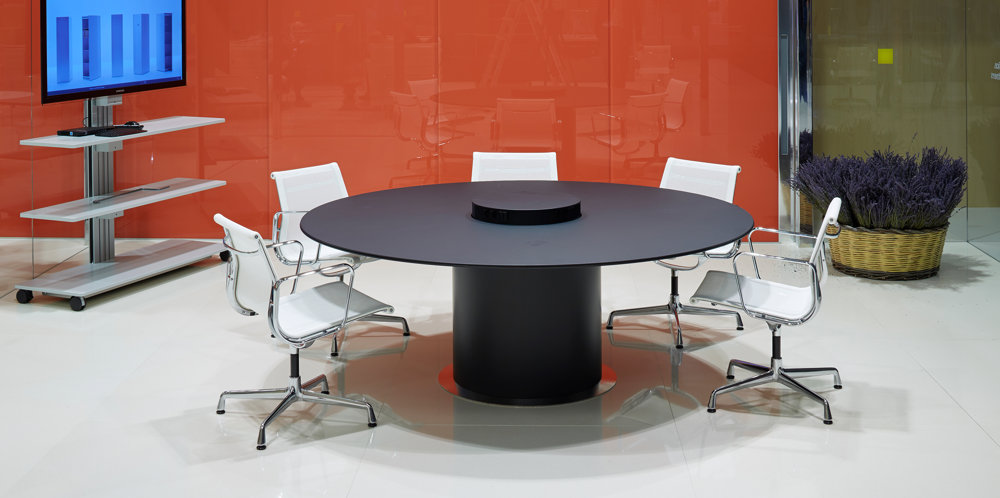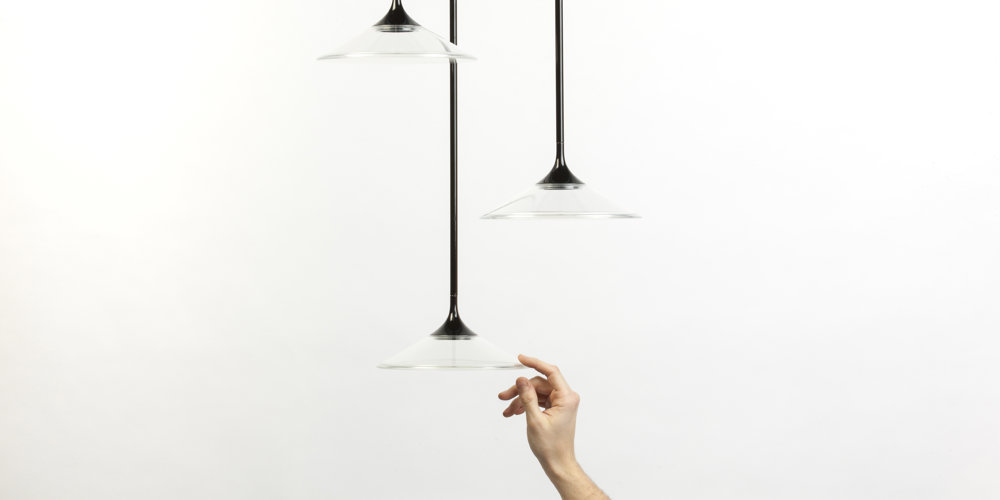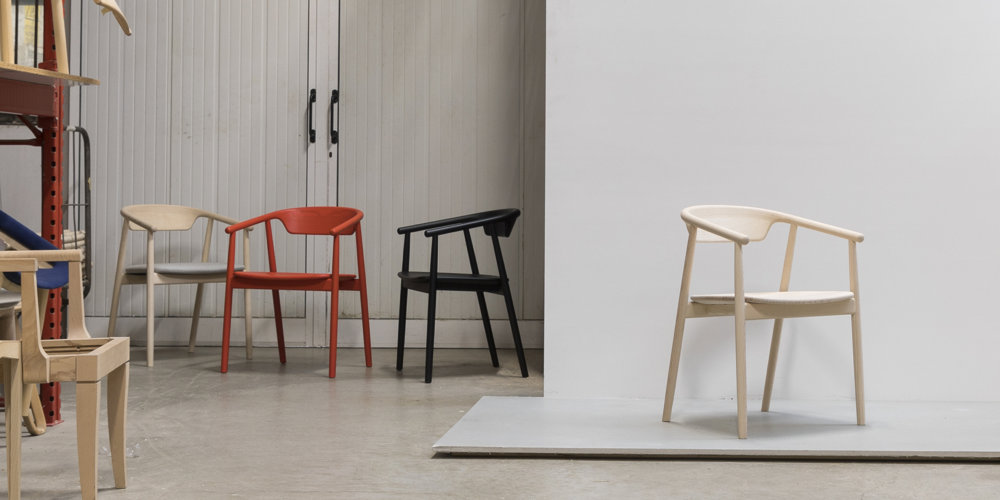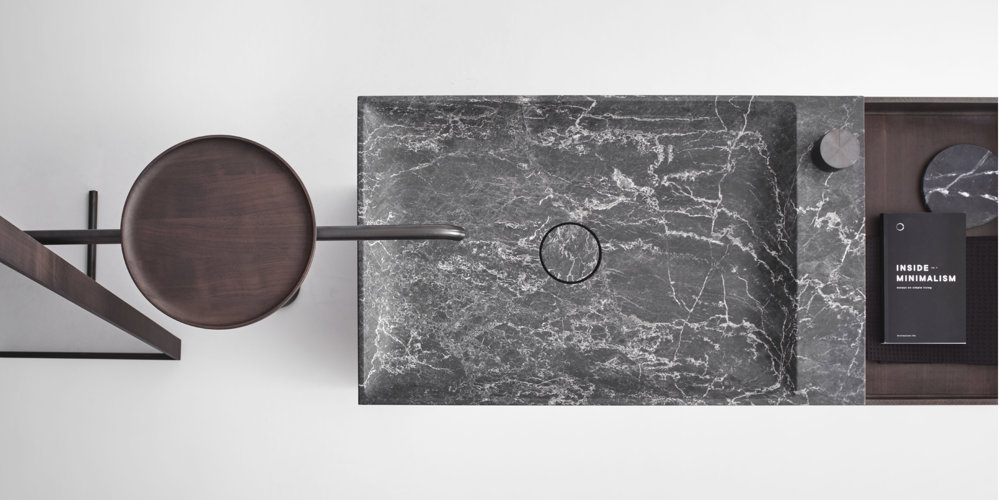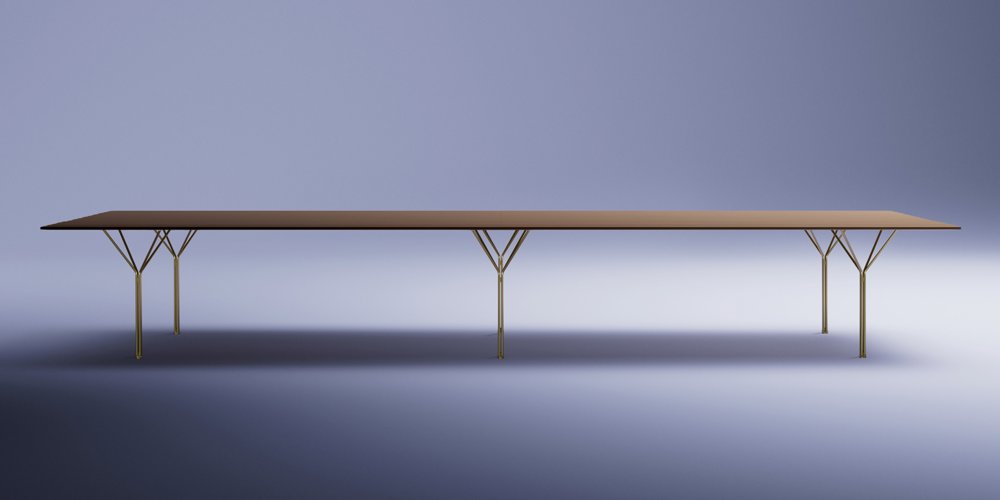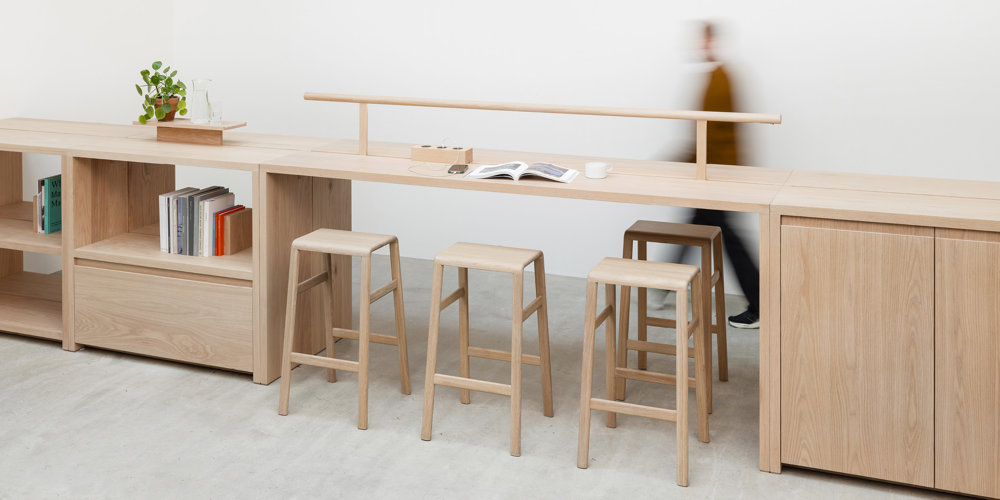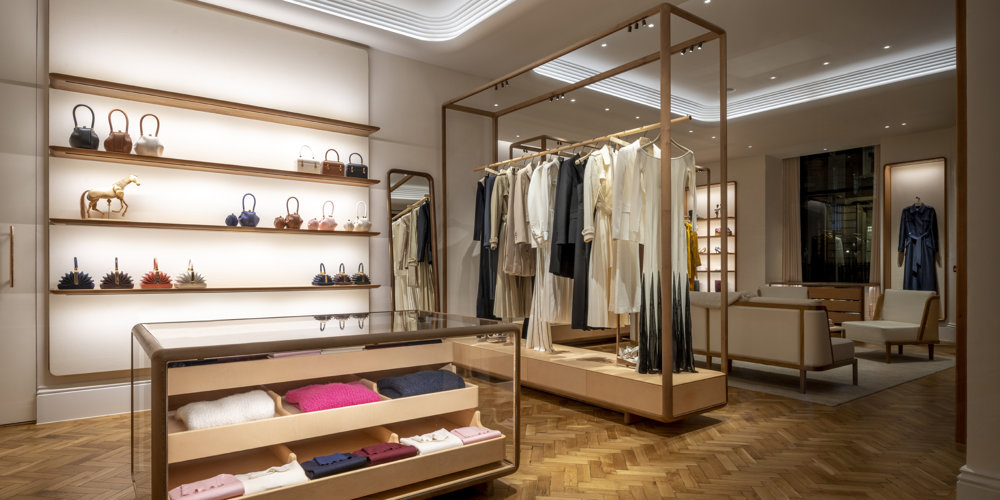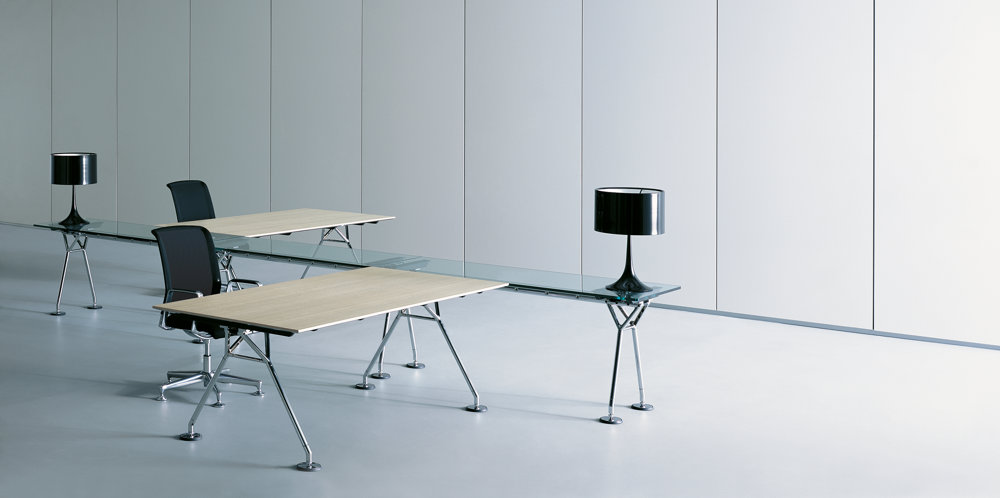The design of a building requires synthesis of several elements – from the structure that holds it up to the material finishes that you touch and see. However, building services – security, fire prevention and ventilation among others – have rarely been seen as an integral part of the design process. Considered primarily as regulatory requirements rather than design elements, they often have an adverse impact on the design of a space instead of blending in with the holistic design vision.
Setting out a unique creative approach to this challenge, Node emerged from a desire to produce a fully coordinated family of devices, interfaces, tracks, channels and networks that can be used in any kind of building to harmonise building services with the overall aesthetic of the project. Each element shares the same visual characteristics – size, shape and materials, while also being able to communicate with one another, reducing technical conflicts and multiple control systems.
Devices such as sprinklers, speakers, occupancy sensors, cameras and lights are designed as a family of circular nodes, which then can be surface mounted or flush with the ceiling, with or without a trim.

